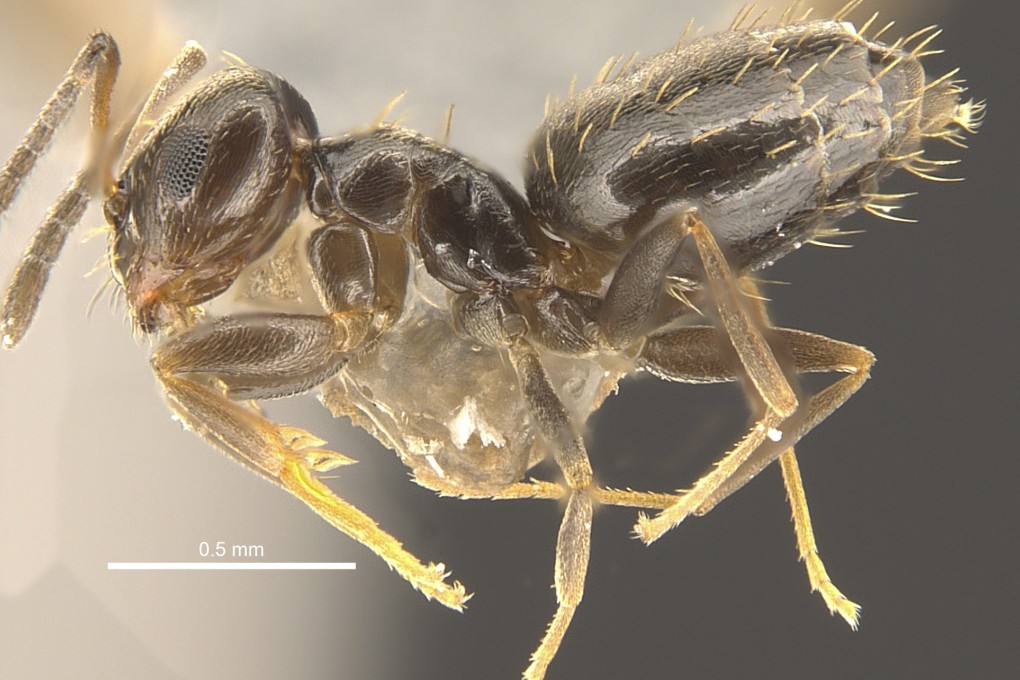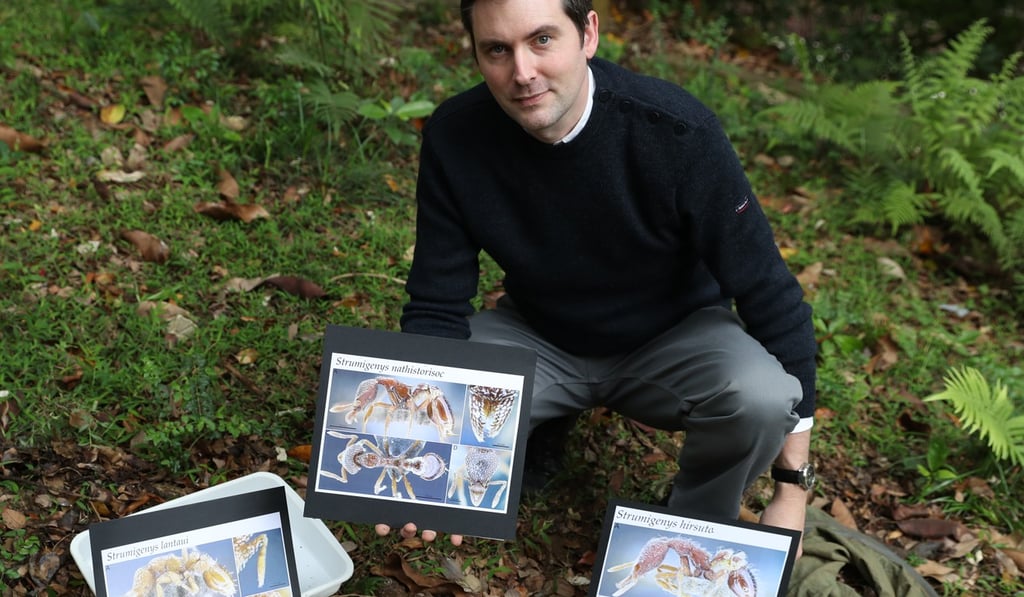New ant discovered in Hong Kong named after Lantau Island, but another species may get you antsy
- Researchers say 10 non-native ant types could have been brought in by trade and insufficient cargo-cleansing measures
- Major pest from South America found in Hung Hom area

Ecologists in Hong Kong have discovered three new species of ant and named one type after Lantau Island, with 10 more identified that were previously not known to exist locally.
Researchers said on Monday that international trade was a possible vector for the foreign species, among which was an urban pest native to South America, sparking concerns of a local infestation.
“Hong Kong is known for trade. Any time you have planes or goods coming in, you may have species [among incoming cargo],” said Benoit Guenard, who led the team of ecologists from the University of Hong Kong’s school of biological sciences.

The three new species never before identified worldwide belong to the Strumigenys ant genus. Also known as miniature trap-jaw ants, the size of these tiny insects ranges from 1.5mm to 4mm.
Among the trio, one was named Strumigenys lantaui after three specimens were collected on Lantau Island.